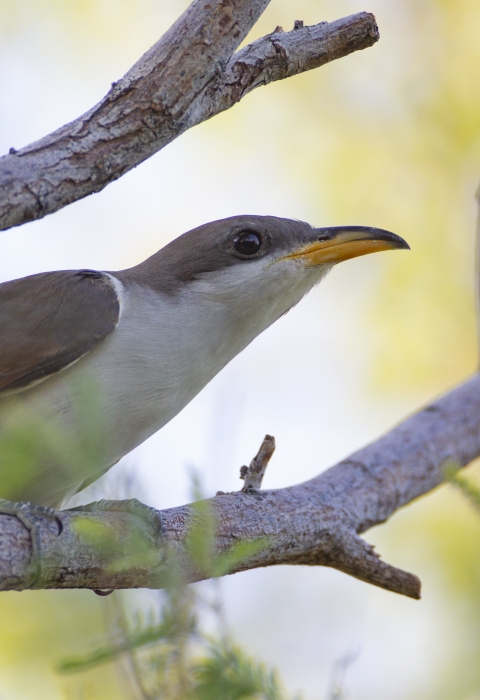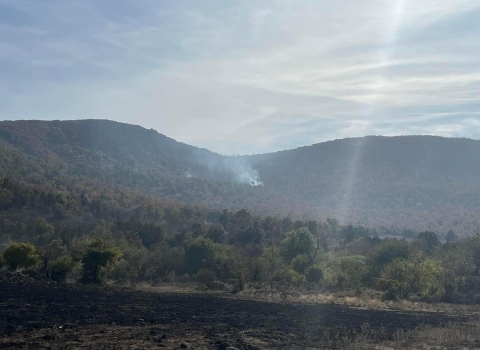The U.S. Fish and Wildlife Service, in collaboration with the Santa Cruz River Refuge Coalition, has developed and approved a Landscape Conservation Design (LCD) that, in addition to proposing an urban partnership program in Tucson, Arizona, proposes the development of a core conservation footprint including the potential for a new National Wildlife Refuge along the Santa Cruz River. This LCD was a partnership-driven effort and illustrates the long-term value of working with partners to develop a better understanding of the opportunities for conservation in this landscape.
“We are excited about how the National Wildlife Refuge System can continue to work with partners, elected officials, Tribes, and other stakeholders to identify conservation opportunities in the Tucson and Santa Cruz River area,” said Amanda McAdams, Regional Chief of Refuges for the U.S. Fish and Wildlife Service’s Southwest Region. “We want to continue to work together to create an urban footprint to improve access to nature, conserve habitats, and improve air and water quality.”
The proposed conservation footprint includes areas of upland Sonoran Desertscrub habitat, canyon environments that provide habitat connectivity, and nearly 7 miles of valuable Santa Cruz River riparian riparian
Definition of riparian habitat or riparian areas.
Learn more about riparian habitat approximately 40 miles south of Tucson. The area provides habitat for several federally listed species, including southwestern willow flycatcher, western yellow-billed cuckoo, and Mexican garter snake. If protected, the area will also help connect critical habitat for jaguar and Chiracahua leopard frog. In addition, birds of conservation concern are found in the area, many of which are Neotropical migrants who rely on this valuable riparian corridor for breeding and migration.
The identification of this core conservation area conservation area
A conservation area or wildlife management area is a type of national wildlife refuge that consists primarily or entirely of conservation easements on private lands. These conservation easements support private landowner efforts to protect important habitat for fish and wildlife. There are 15 conservation areas and nine wildlife management areas in the National Wildlife Refuge System.
Learn more about conservation area provides a starting point for a more comprehensive conservation planning assessment across a larger landscape. The results of this assessment will be a land protection strategy that further expands and defines the conservation landscape, describes biological goals for the priority species and habitats to be conserved, and identifies other areas or properties within the landscape that, if protected, can serve to preserve the biological integrity of this area.
As part of the next steps, the Service and its partners are hosting the following interactive workshops on community-based conservation efforts and land protection in the Tucson/Santa Cruz River Corridor region:
- Tuesday, September 24 | 1-5 pm: Action planning on community-based conservation topics of shared interest
- Wednesday, September 25 | 9am-12pm: Land protection along the Santa Cruz River corridor presentations and discussion
The workshops will be held at the Pima Community College Desert Vista Campus (5901 S. Calle Santa Cruz, Tucson, Arizona). More information and registration to attend is available here.



